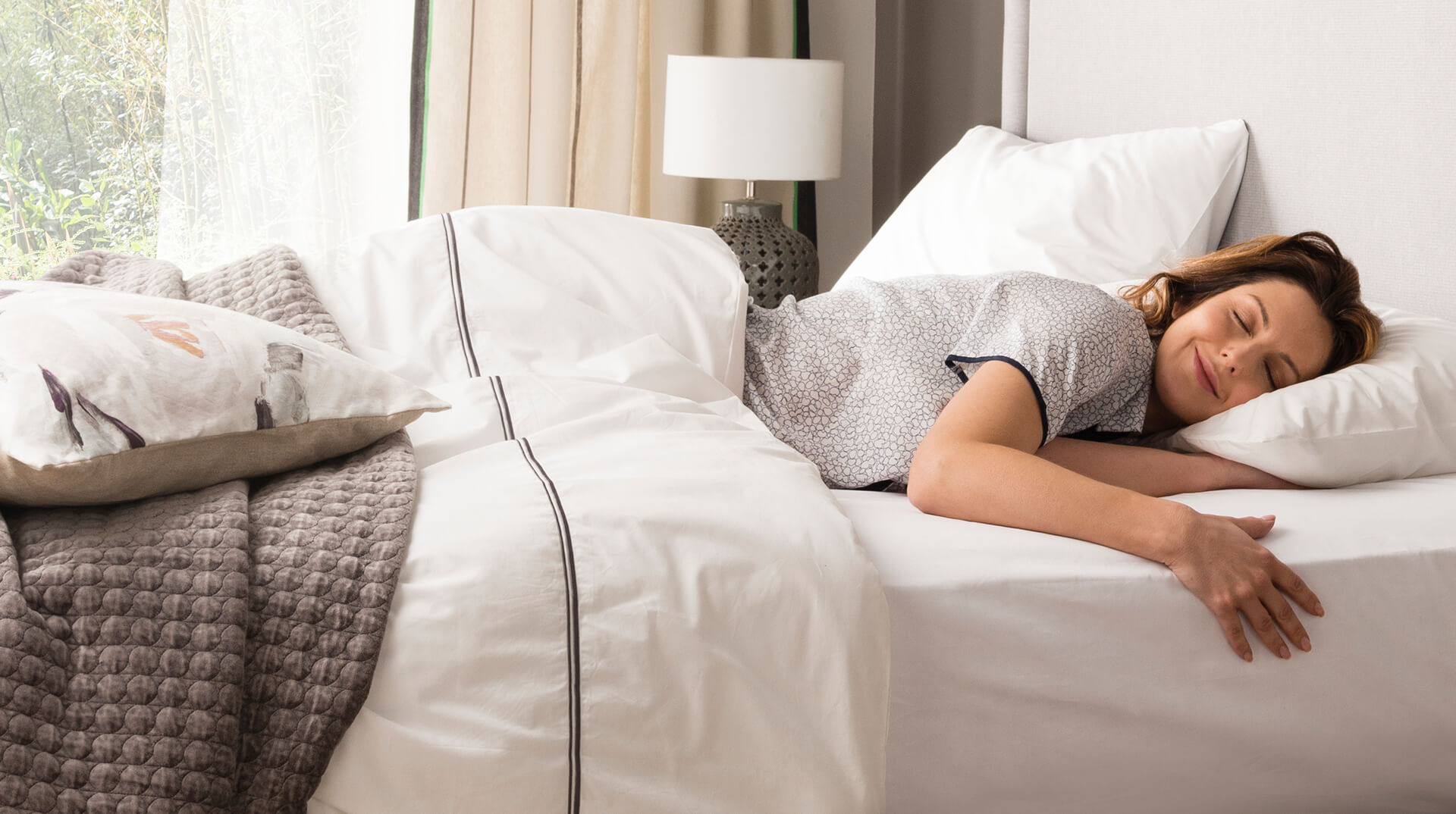Dealing with a clogged bathroom sink can be a frustrating and time-consuming task. Not only does it create a mess and unpleasant odors, but it can also disrupt your daily routine. However, with the right knowledge and tools, you can easily unclog your bathroom sink and get it back to working condition in no time. Unclogging a Bathroom Sink
The first step to unclogging a bathroom sink is to remove any visible debris or hair that may be causing the blockage. Start by using a pair of tongs or a small tool to pull out any clumps of hair or soap buildup from the drain. You can also use a bent wire hanger to reach deeper into the drain and pull out any clogs. Removing a Clog from a Bathroom Sink
If the visible debris is not the cause of the clog, the next step is to try plunging the sink. Fill the sink with enough water to cover the plunger and place it over the drain. Make sure the plunger is creating a tight seal on the drain, and then rapidly push and pull the plunger to create suction and dislodge the clog. Repeat this process a few times until the water starts to drain. Clearing a Plugged Bathroom Sink
If plunging does not work, you can try using a drain snake to break up and remove the clog. Insert the snake into the drain and twist it while pushing it further in to break up the clog. Once you feel like you have broken through the clog, retract the snake and run hot water down the drain to flush out any remaining debris. Fixing a Clogged Bathroom Sink
After successfully unclogging your bathroom sink, it is important to thoroughly clean the drain and pipes to prevent future clogs. You can use a mixture of baking soda and vinegar to remove any buildup and odors. Simply pour half a cup of baking soda followed by half a cup of vinegar down the drain. Let it sit for 10-15 minutes, and then flush it out with hot water. How to Clean a Plugged Bathroom Sink
If you prefer natural and DIY methods for unclogging your bathroom sink, there are a few other options you can try. You can use a mixture of salt, baking soda, and boiling water to break up and remove the clog. You can also try pouring boiling water down the drain to melt and flush away any buildup. DIY Bathroom Sink Unclogging
Prevention is always better than cure when it comes to clogged bathroom sinks. To avoid future clogs, make sure to regularly clean your sink and drain to remove any buildup. You can also use a hair catcher in your sink to prevent hair from going down the drain. Additionally, avoid pouring grease, oil, and food scraps down the sink as they can harden and cause clogs. Tips for Unclogging a Bathroom Sink
A plunger is an essential tool for unclogging a bathroom sink. If you do not have a plunger, you can create a makeshift one using a plastic bottle. Simply cut off the bottom of the bottle and use the open end to create suction and dislodge the clog. This method may not be as effective as a traditional plunger, but it can still help in a pinch. Using a Plunger to Clear a Bathroom Sink
If you prefer to use natural methods to unclog your bathroom sink, there are a few more options you can try. You can pour boiling water and dish soap down the drain to dissolve and flush away any buildup. You can also use a mixture of lemon juice and baking soda to create a foaming reaction that can help break up the clog. Natural Methods for Unclogging a Bathroom Sink
If all else fails, it may be time to call in the professionals. A plumber or drain cleaning service can use specialized tools and techniques to unclog your bathroom sink and ensure that there are no underlying issues causing the clog. While this may be a more costly option, it can save you time and frustration in the long run. Professional Services for Cleaning a Plugged Bathroom Sink
Cleaning a Plugged Bathroom Sink: Simple Steps for a Sparkling Clean Sink

Introduction
 Keeping a clean and functional bathroom is essential for any house design. However, with daily usage, the bathroom sink can easily get clogged with hair, soap scum, and other debris. This not only leads to unpleasant odors but also poses a potential health hazard. In this article, we will discuss the simple steps to effectively clean a plugged bathroom sink and maintain its sparkling shine.
Keeping a clean and functional bathroom is essential for any house design. However, with daily usage, the bathroom sink can easily get clogged with hair, soap scum, and other debris. This not only leads to unpleasant odors but also poses a potential health hazard. In this article, we will discuss the simple steps to effectively clean a plugged bathroom sink and maintain its sparkling shine.
Step 1: Gather Your Supplies
 Before starting the cleaning process, make sure you have all the necessary supplies ready. This includes a plunger, baking soda, vinegar, a small bucket, a toothbrush, and a pair of gloves. These items are readily available in most households and are effective in unclogging and disinfecting the sink.
Before starting the cleaning process, make sure you have all the necessary supplies ready. This includes a plunger, baking soda, vinegar, a small bucket, a toothbrush, and a pair of gloves. These items are readily available in most households and are effective in unclogging and disinfecting the sink.
Step 2: Remove the Clog
 To begin, place a small bucket under the sink to catch any water that may spill out. Then, using a plunger, create a tight seal around the sink drain and pump it up and down vigorously for a few minutes. The suction created by the plunger will help dislodge the clog and allow water to flow freely.
To begin, place a small bucket under the sink to catch any water that may spill out. Then, using a plunger, create a tight seal around the sink drain and pump it up and down vigorously for a few minutes. The suction created by the plunger will help dislodge the clog and allow water to flow freely.
Step 3: Use Baking Soda and Vinegar
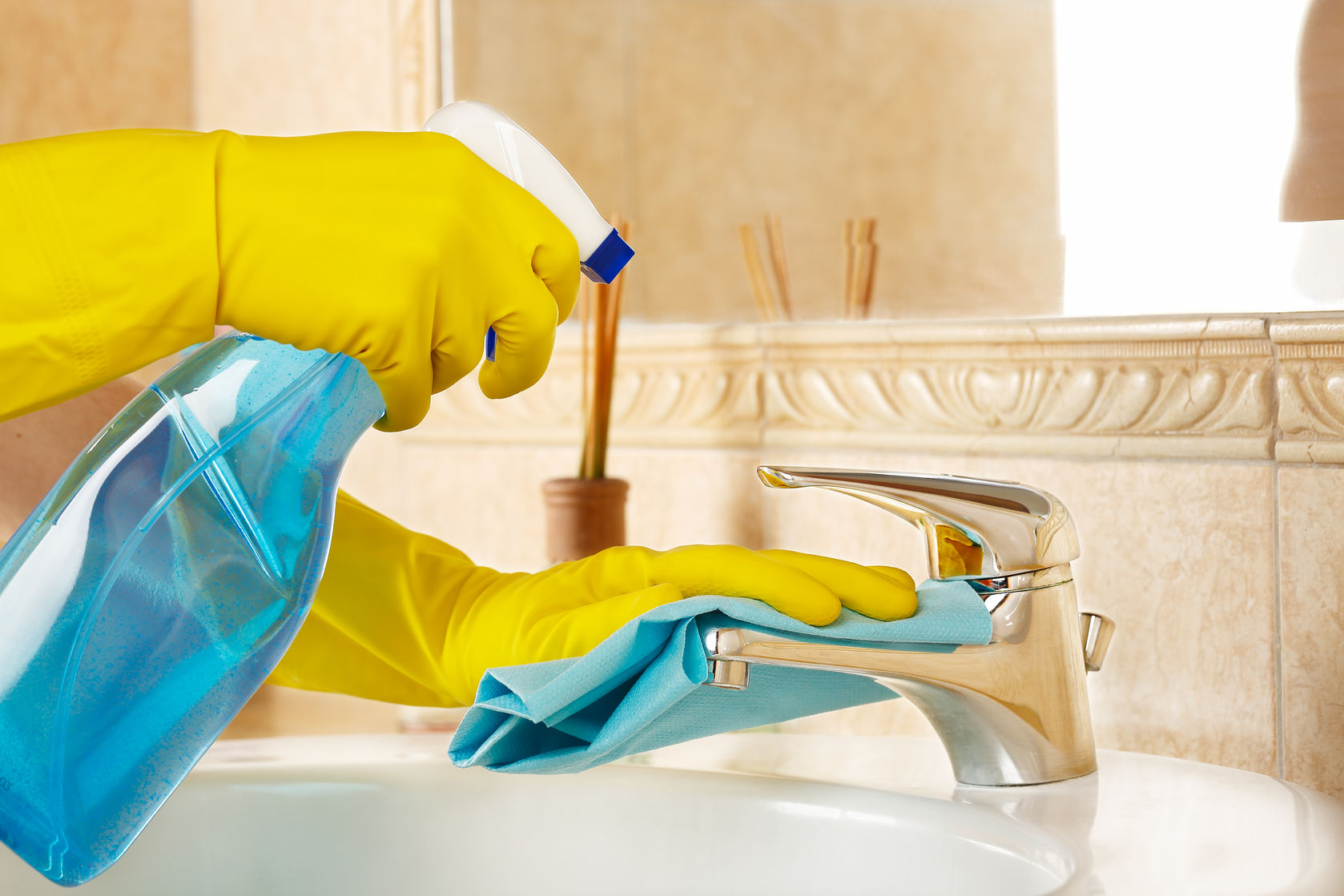 If the plunger method does not work, mix 1/3 cup of baking soda with 1/3 cup of vinegar and pour it down the sink drain. The chemical reaction between the two ingredients will help dissolve any remaining debris and eliminate any lingering odor. Let the mixture sit for at least 15 minutes before flushing it with hot water.
If the plunger method does not work, mix 1/3 cup of baking soda with 1/3 cup of vinegar and pour it down the sink drain. The chemical reaction between the two ingredients will help dissolve any remaining debris and eliminate any lingering odor. Let the mixture sit for at least 15 minutes before flushing it with hot water.
Step 4: Scrub the Sink
 Once the clog is removed, it's time to give the sink a thorough cleaning. Use a toothbrush and some baking soda to scrub the sink basin, faucet, and drain. This will help remove any built-up grime and leave your sink sparkling clean.
Once the clog is removed, it's time to give the sink a thorough cleaning. Use a toothbrush and some baking soda to scrub the sink basin, faucet, and drain. This will help remove any built-up grime and leave your sink sparkling clean.
Step 5: Maintain a Clean Sink
 To prevent future clogs, it is important to maintain a clean sink on a regular basis. This includes avoiding pouring grease and food scraps down the sink, using a drain catcher to catch hair and other debris, and regularly flushing the sink with hot water.
To prevent future clogs, it is important to maintain a clean sink on a regular basis. This includes avoiding pouring grease and food scraps down the sink, using a drain catcher to catch hair and other debris, and regularly flushing the sink with hot water.
Conclusion
 A clean and unclogged bathroom sink not only improves the overall appearance of your bathroom but also ensures proper hygiene. By following these simple steps and maintaining a regular cleaning routine, you can keep your bathroom sink in top condition and avoid any plumbing issues. So why wait? Try these tips today and enjoy a sparkling clean bathroom sink!
A clean and unclogged bathroom sink not only improves the overall appearance of your bathroom but also ensures proper hygiene. By following these simple steps and maintaining a regular cleaning routine, you can keep your bathroom sink in top condition and avoid any plumbing issues. So why wait? Try these tips today and enjoy a sparkling clean bathroom sink!













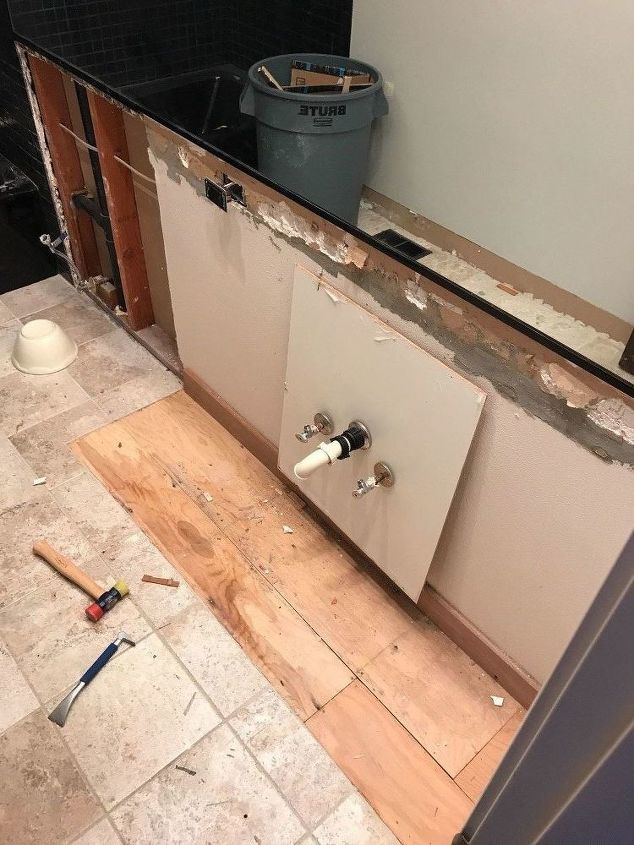




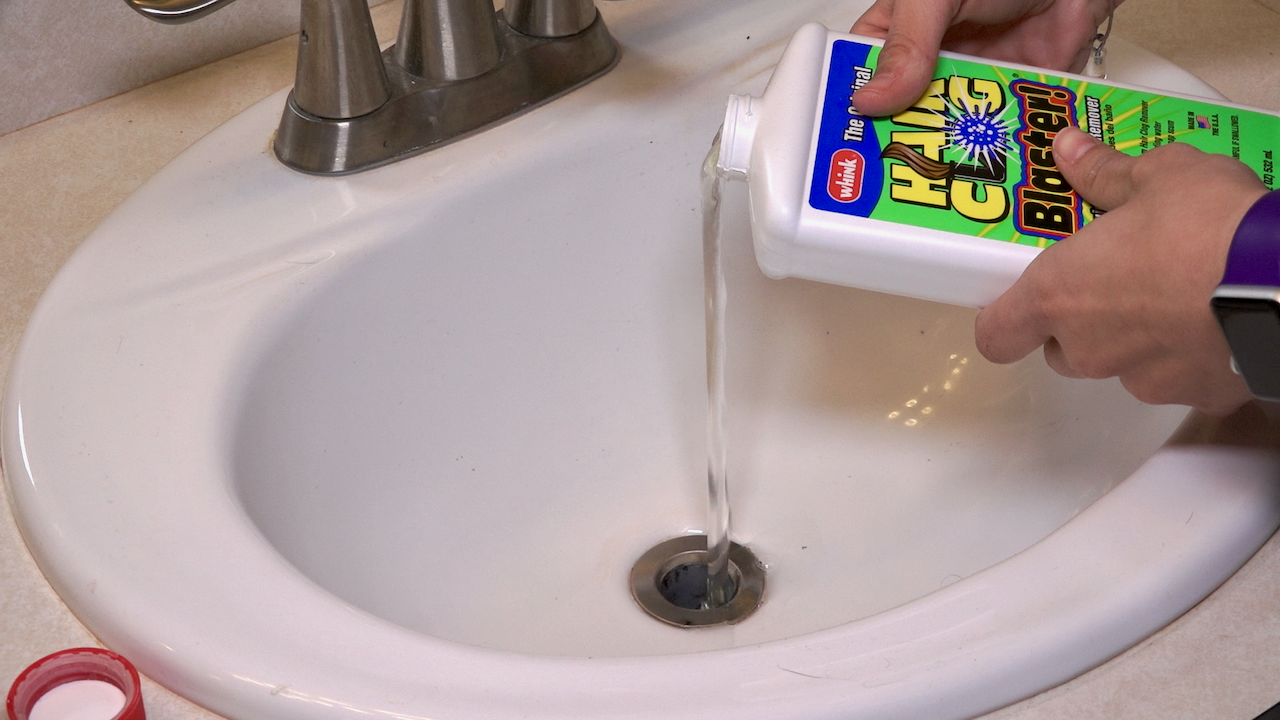


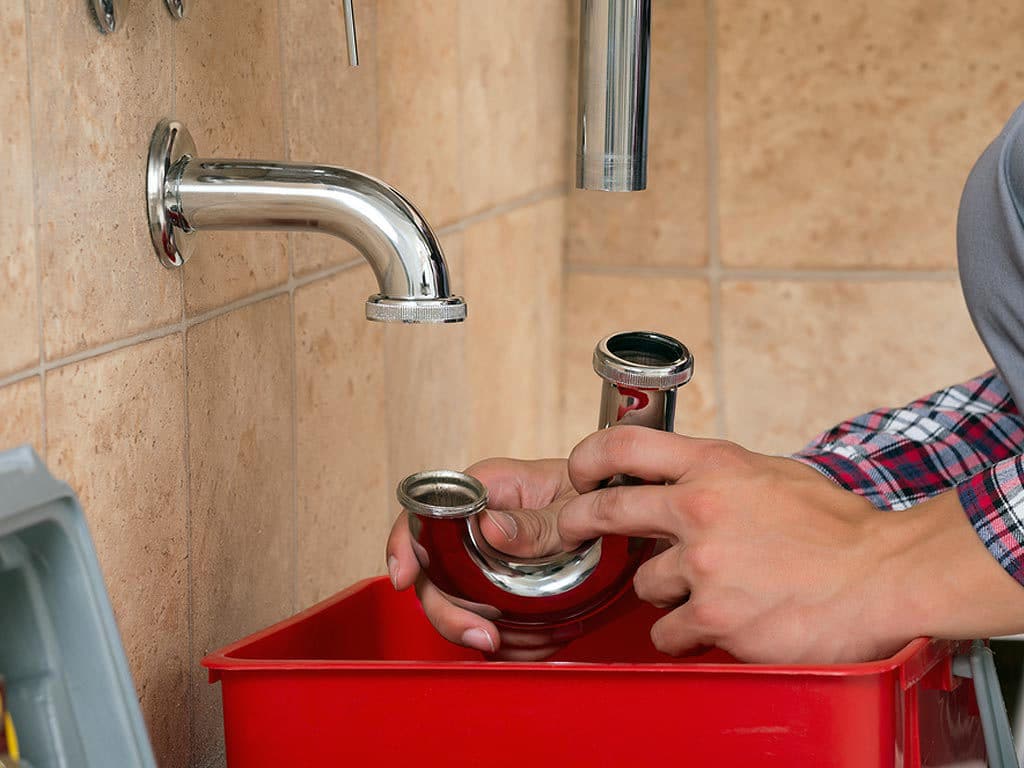
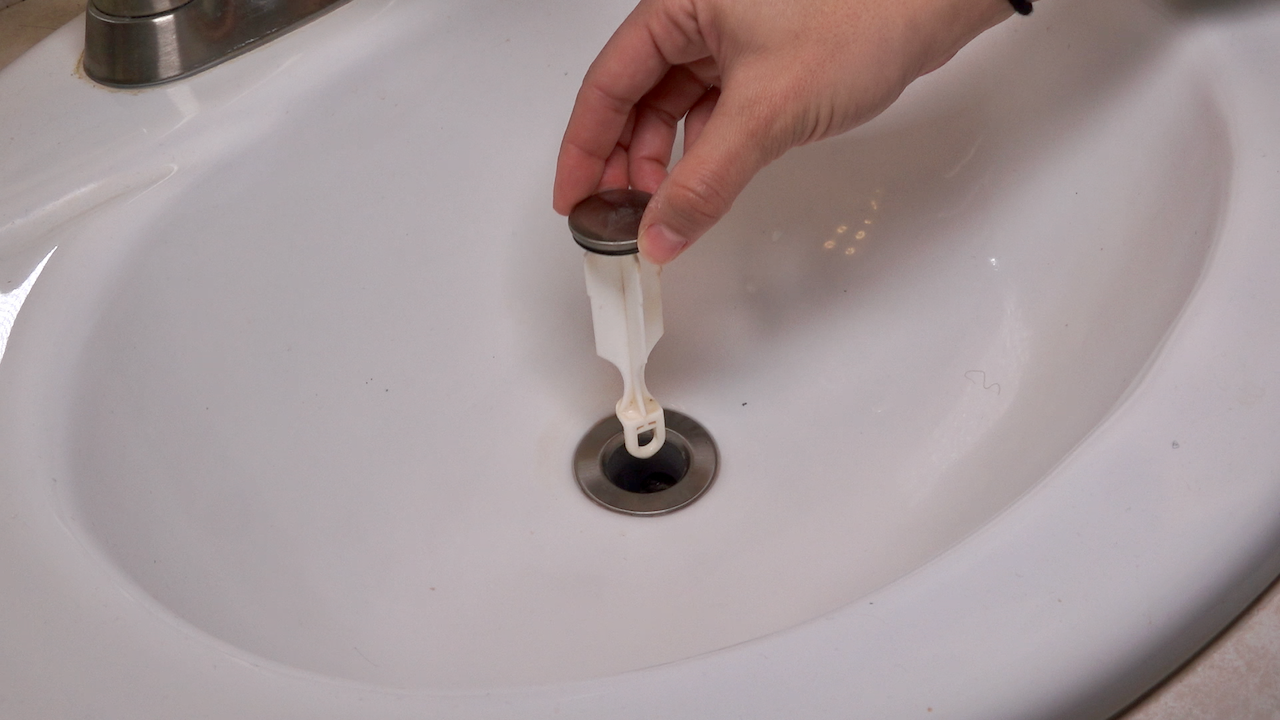
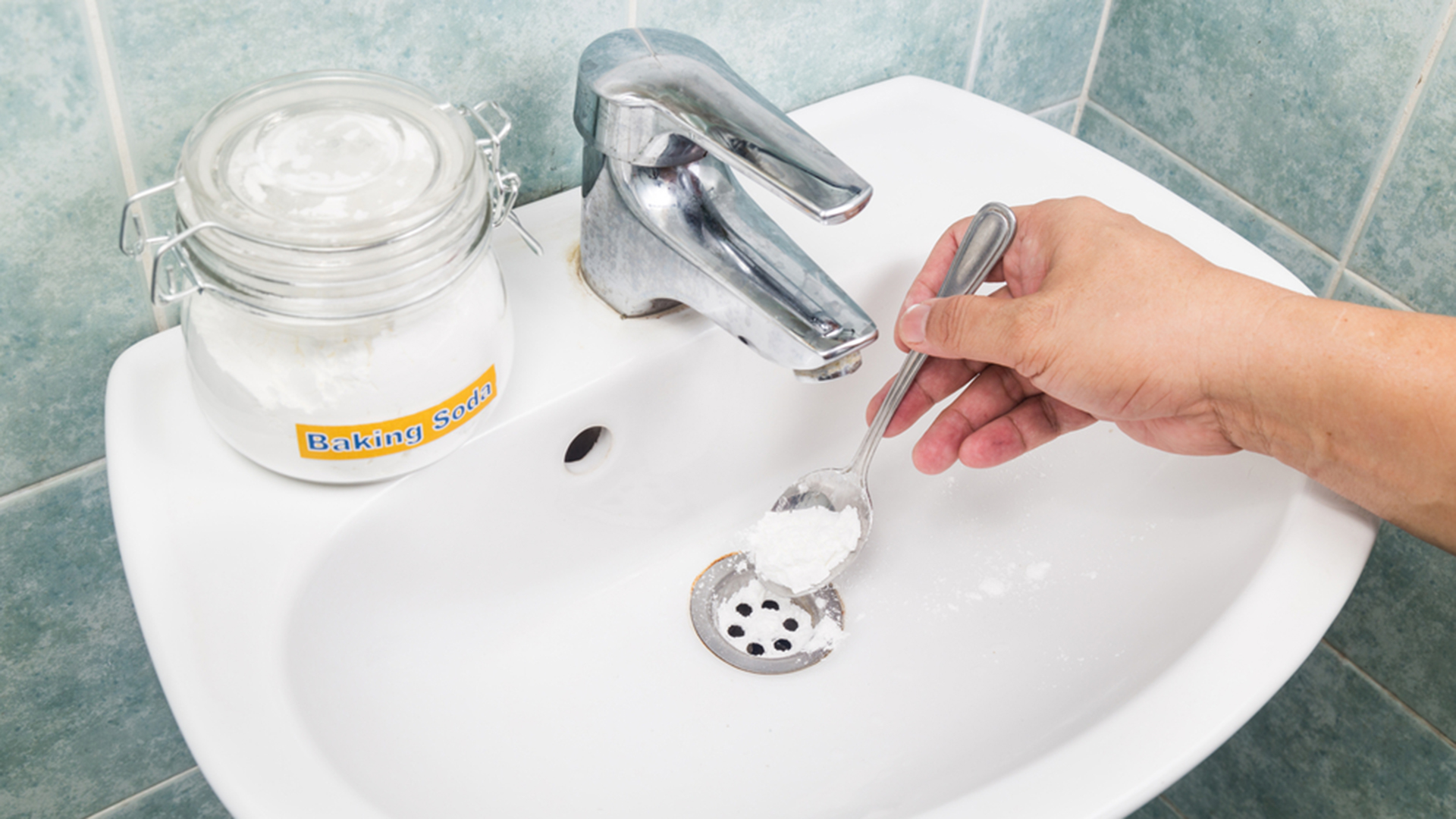




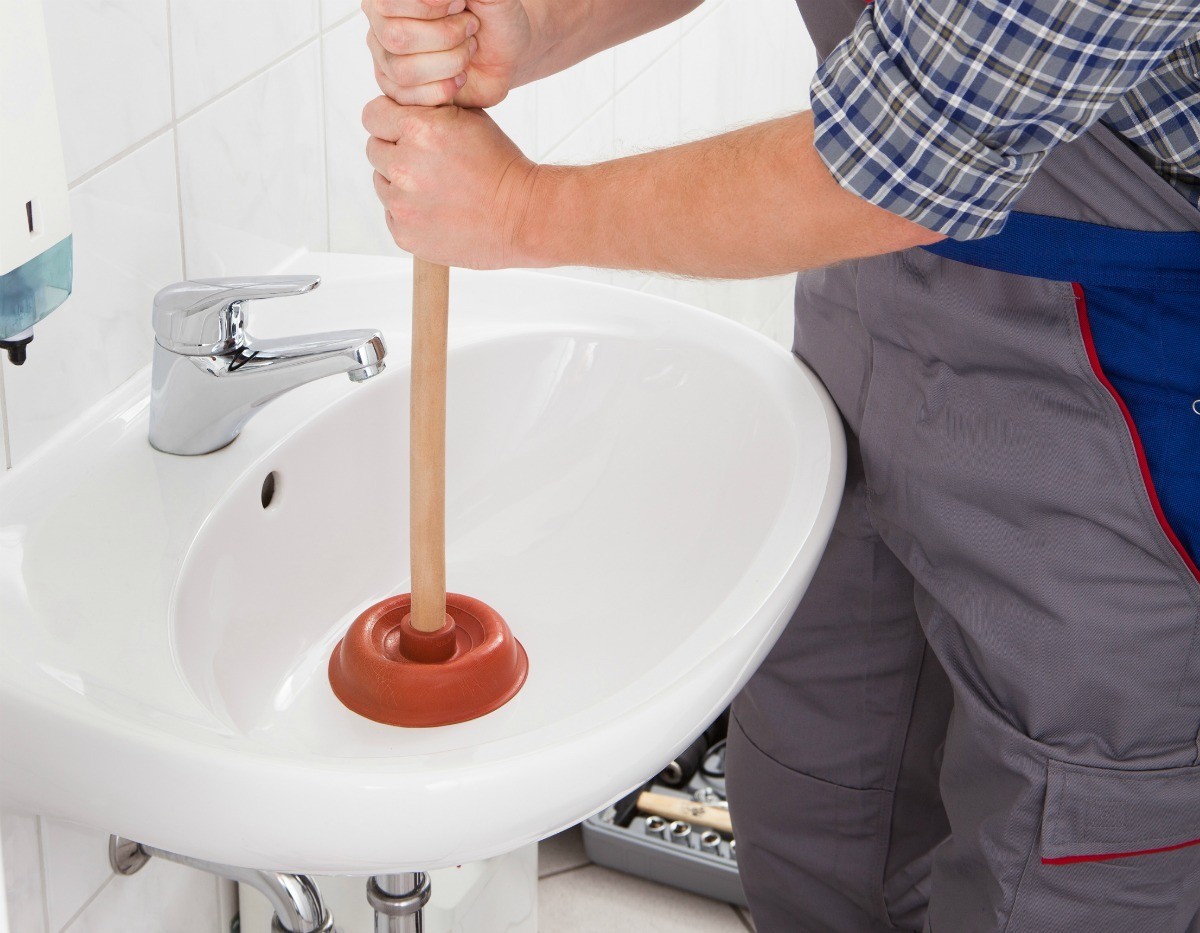


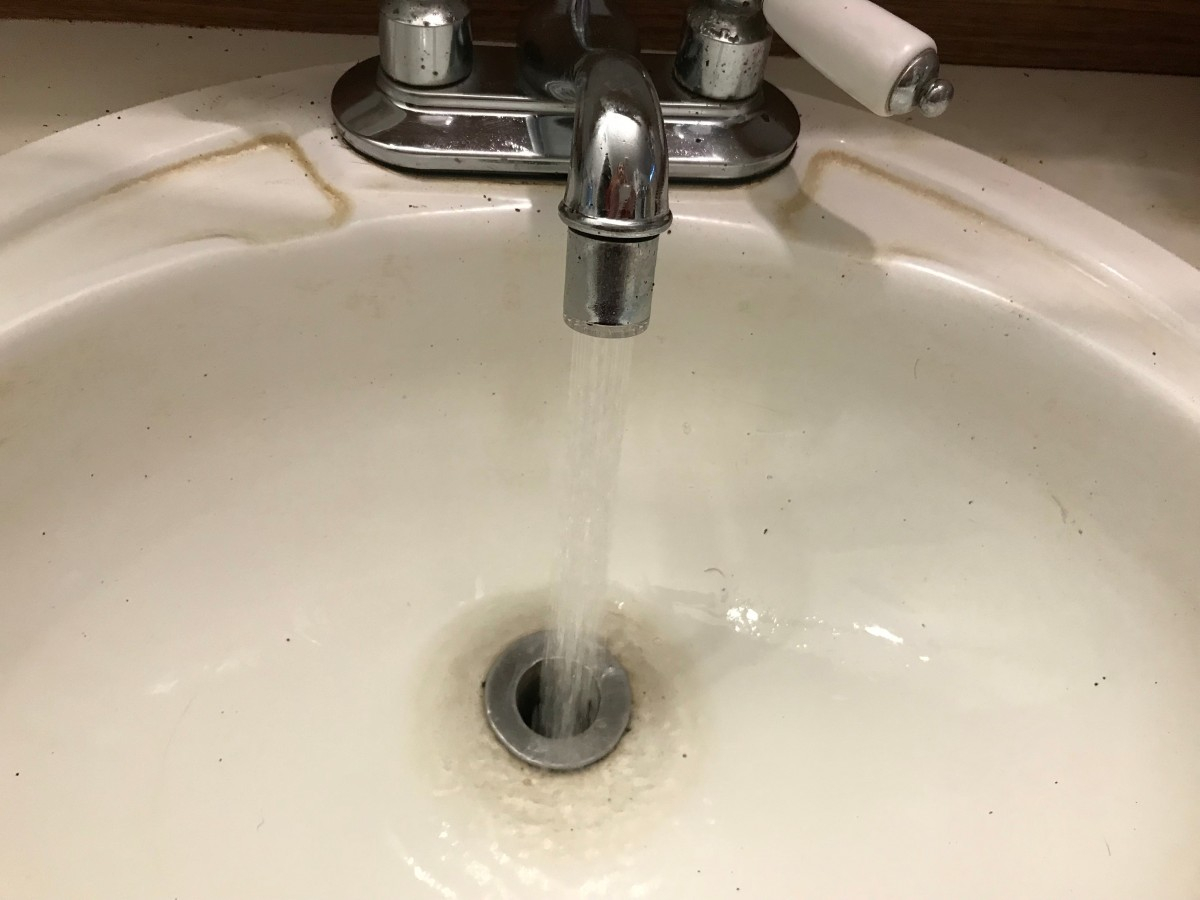



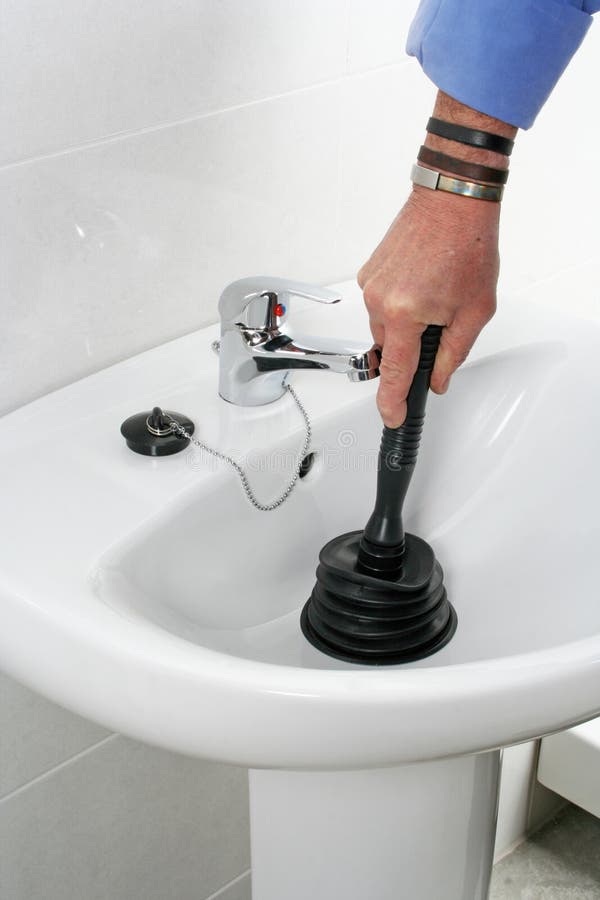



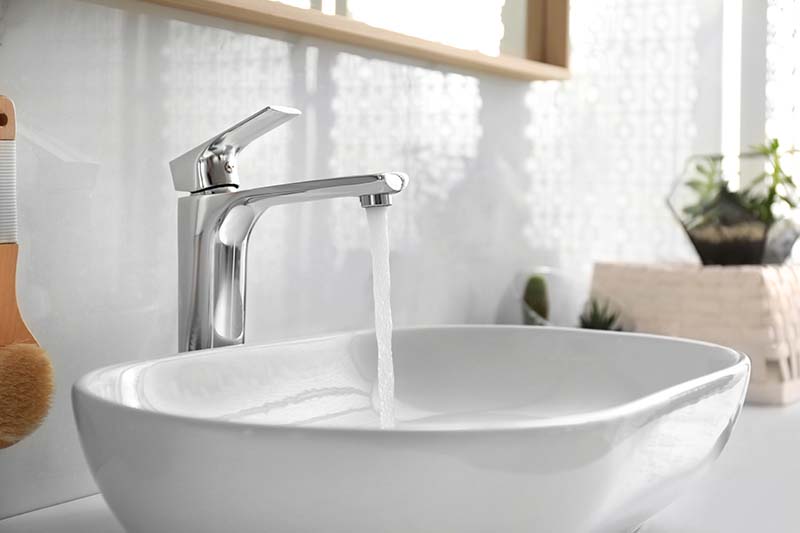


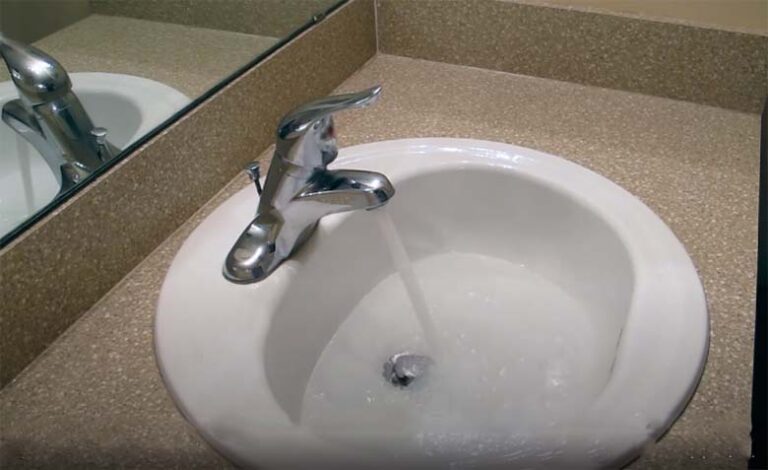




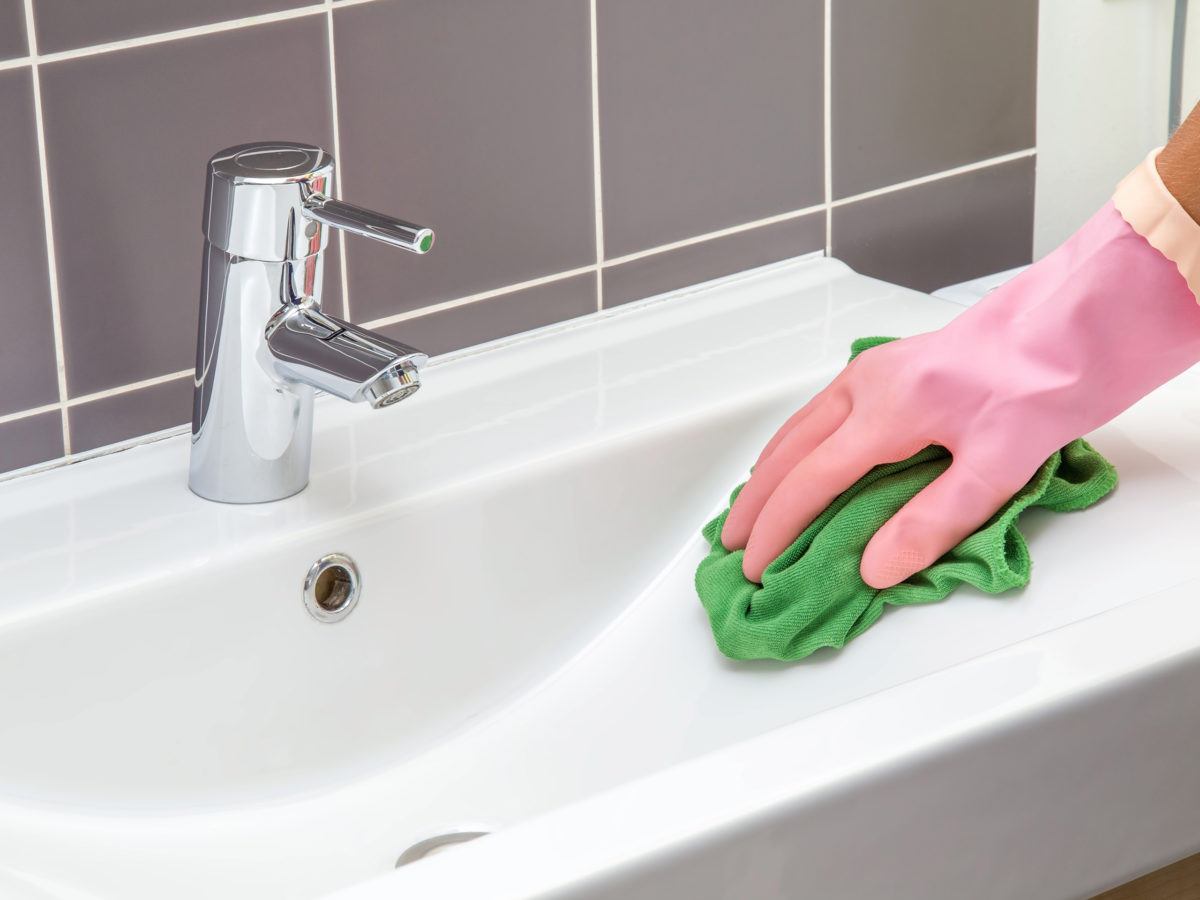
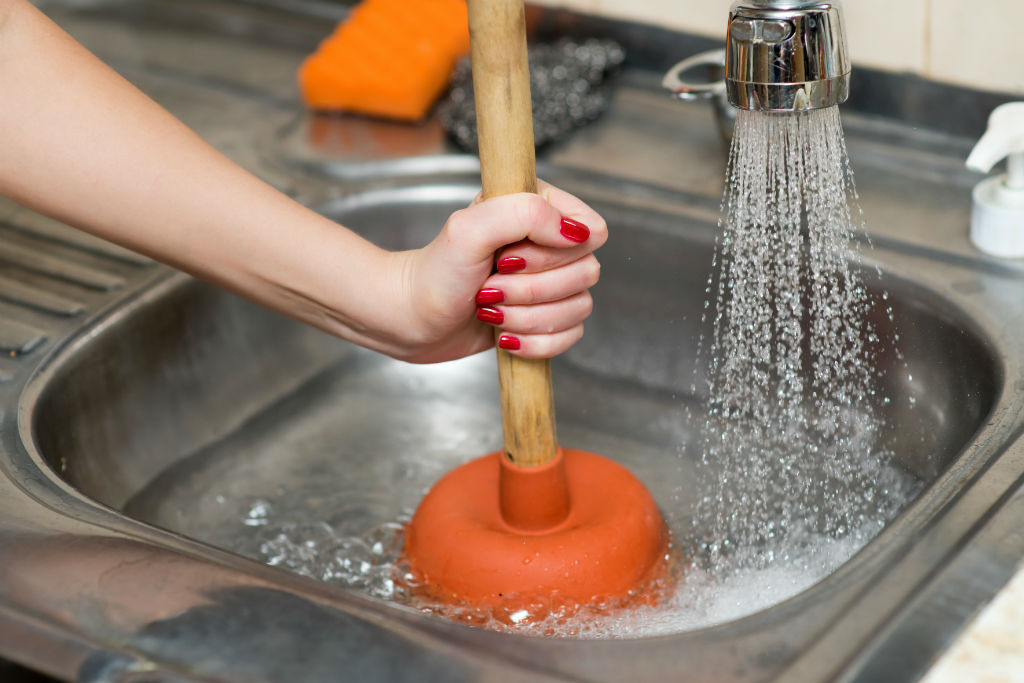











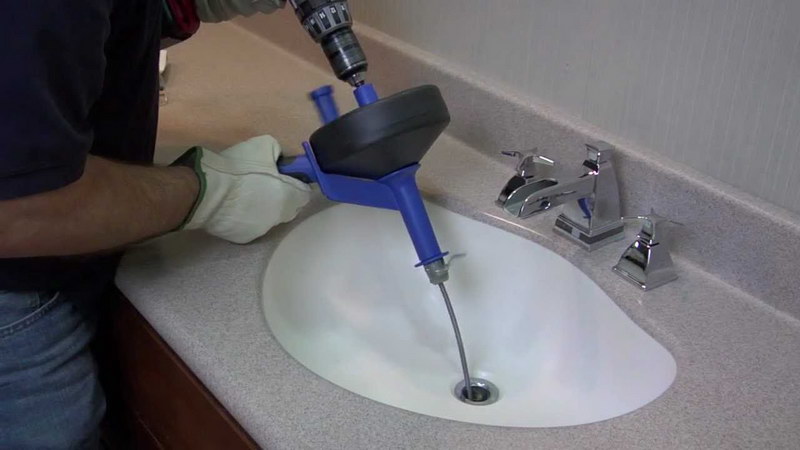
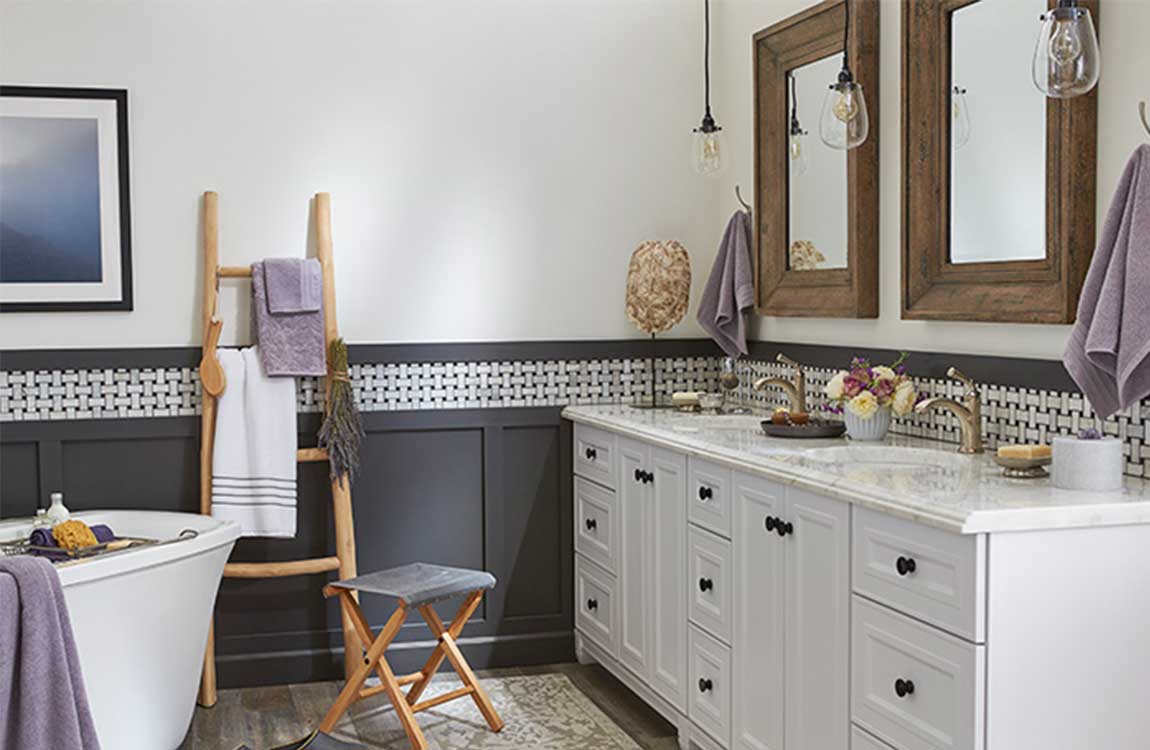

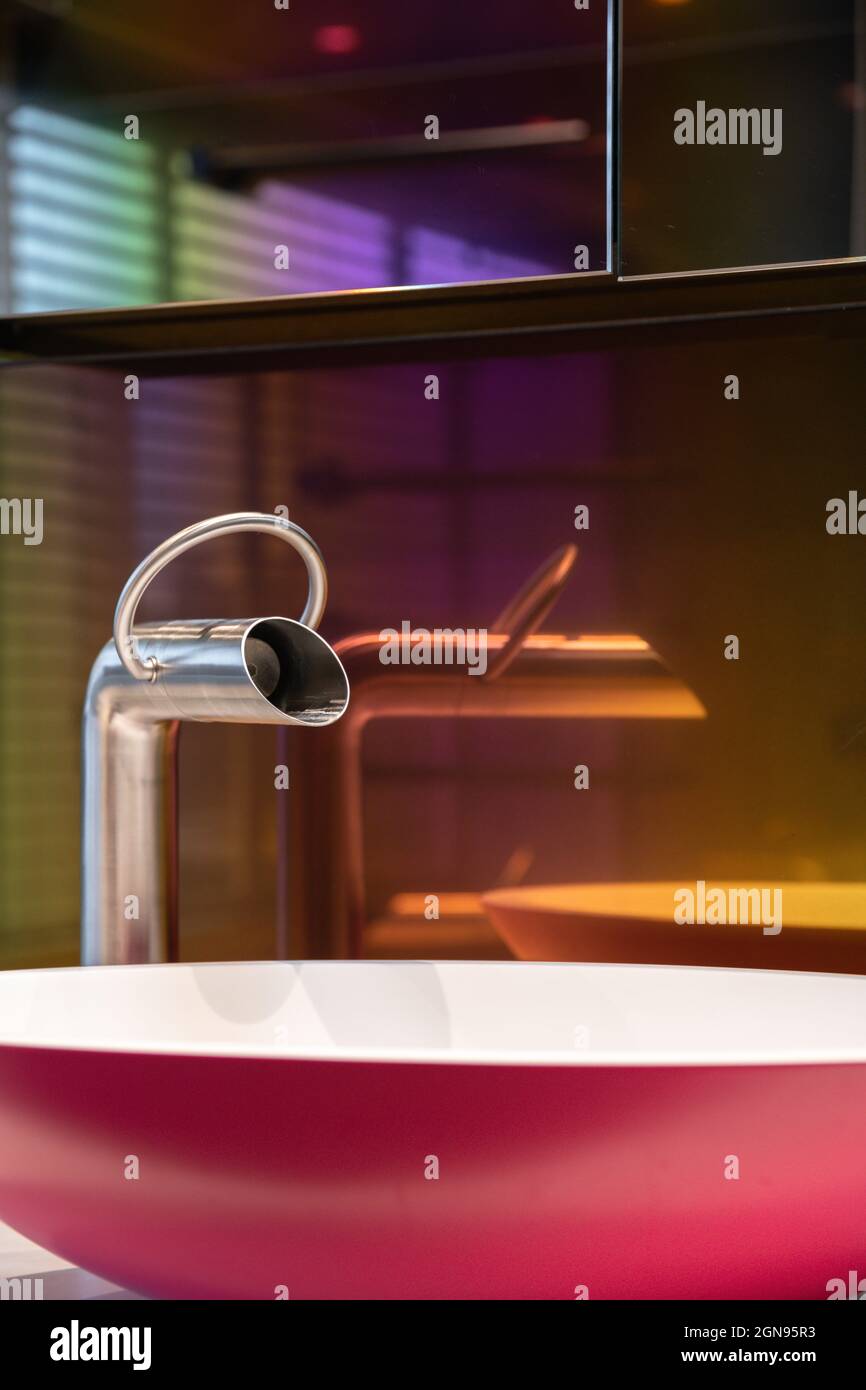
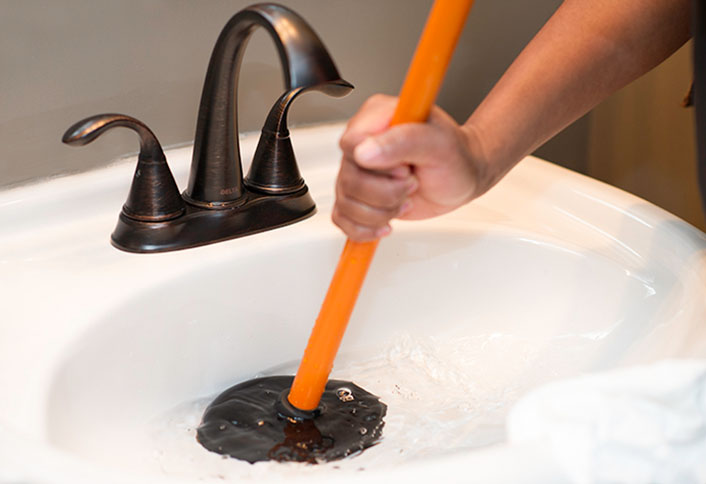
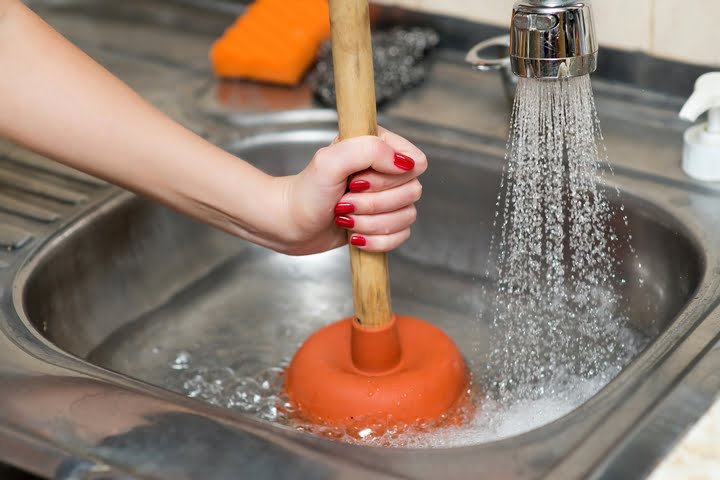
/woman-wearing-yellow-washing-up-gloves-to-unblock-sink-using-plunger-close-up-131987463-5887cfc03df78c2ccd92ec9e.jpg)
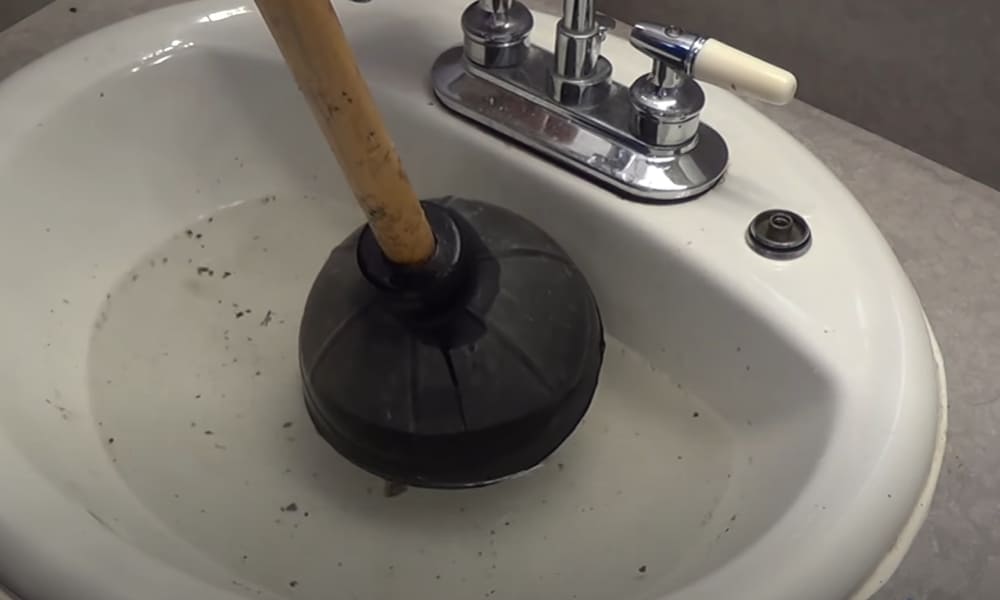



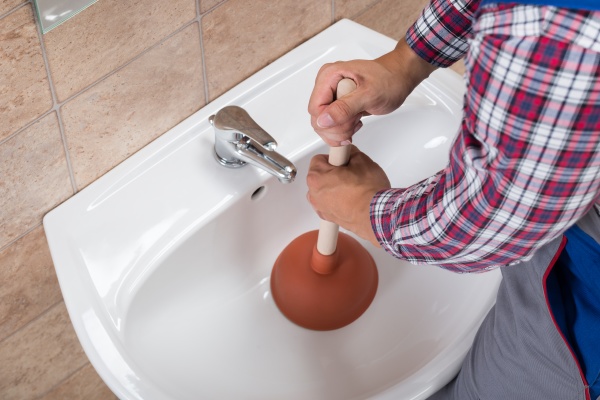









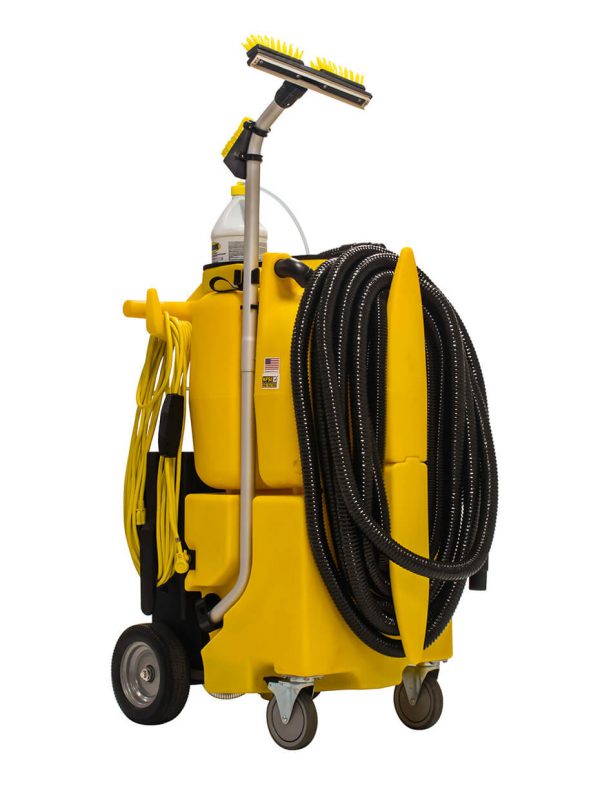


/cleaning-bathroom-sink-GettyImages-dv1449036-566b487a3df78ce16163bfba.jpg)






